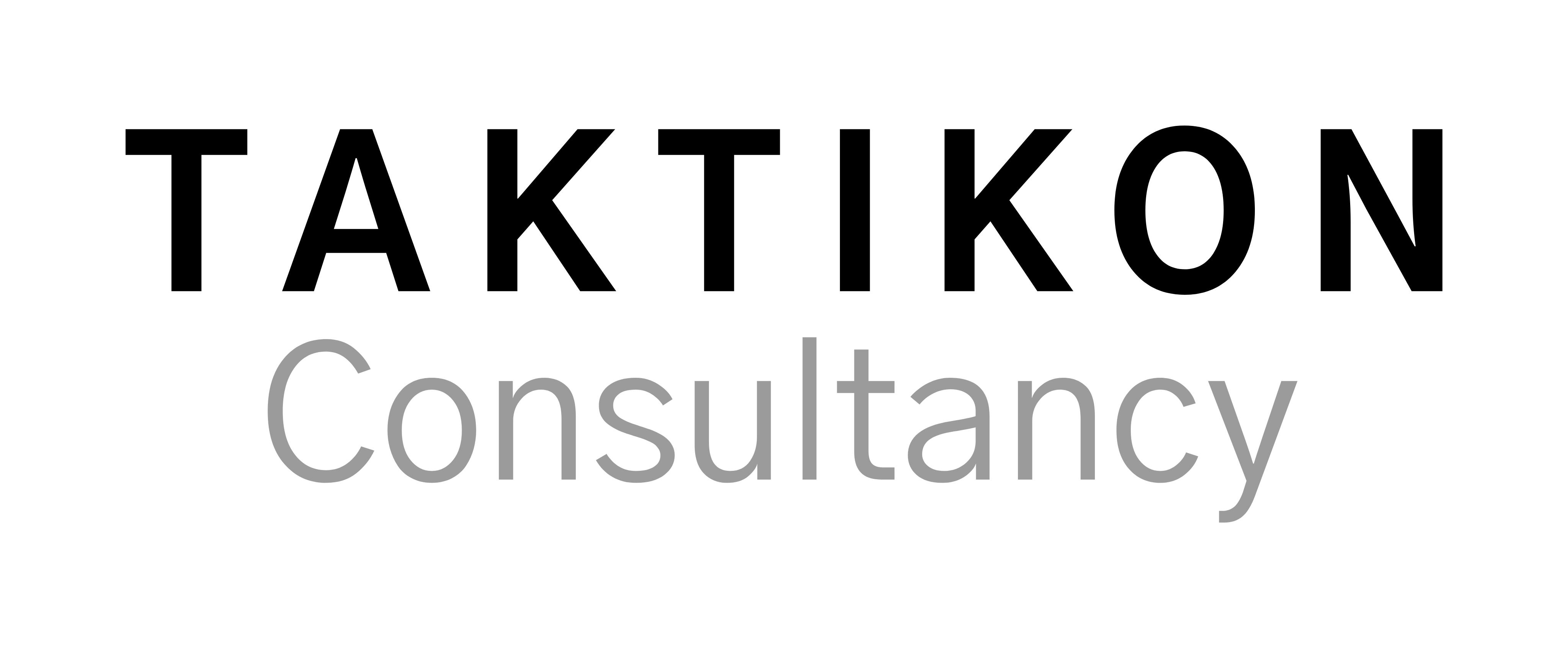Pricing is not just about numbers; it is about perception, emotions, and behavior. Research in behavioral economics and psychology shows that consumers' purchasing decisions are influenced by various psychological factors, making pricing strategies a crucial part of business strategy. In the hospitality industry, where experience is a significant part of the value, psychological pricing strategies can play a decisive role in customer decision-making. But how do these strategies work, and how can hospitality businesses use them to maximize revenue?
1. The Anchoring Effect – First Impressions Set the Standard
People tend to latch onto the first price level they see and use it as a reference point for future decisions. This means that the first price information they encounter influences their perception of what is reasonable. An example of this is a conference venue that initially presents an exclusive package with all possible add-ons. When the customer then sees a standard package without these extras, it appears significantly more cost-effective in comparison. The anchoring effect is often used in package pricing and upgrades to steer customers toward a specific product.
2. Charm Pricing and Rounding
Studies on pricing psychology, such as those by Thomas and Morwitz (2005), have shown that charm pricing, where numbers end in 9 or 5, can increase sales by creating the illusion of a significantly lower price.
Pricing an offer at 995 instead of 1,000 may seem insignificant, but studies show that people perceive 995 as markedly cheaper than 1,000, despite the small difference. This is called charm pricing and works particularly well for price-sensitive customers. However, the premium segment may respond better to rounded numbers, as they are associated with quality and exclusivity.
3. Decoy Pricing – The Invisible Guide
Decoy pricing works by introducing an option that makes the most profitable choice more attractive. The strategy is based on the tendency of customers to choose the option that appears to provide the best value relative to the price, especially when they have a clear reference point.
For example, a hotel near an iconic film location may offer different packages:
Royal Experience (suite, private guided tour, themed dinner) for €3,500
Adventure Package (standard room, themed tour, dinner) for €1,995
Accommodation Only for €1,295
By displaying the most expensive package first, the others appear more reasonably priced. The middle option serves as a reference point and makes it more likely that customers will choose it, as it seems to provide the best balance between price and experience.
Another example is a hotel chain influencing guest choices by placing a mid-tier option between two extremes:
Standard room without breakfast – €1,095/night
Superior room with breakfast – €1,395/night
Superior room with breakfast and spa access – €1,595/night
Here, the middle option acts as a reference point that encourages more guests to choose the superior room with spa access, as it offers the most perceived value for the small price difference. By strategically structuring options, hotels and other businesses can influence customer decisions and maximize revenue.
4. The Contrast Principle and Enhanced Value
The contrast principle suggests that customer decisions are influenced by comparisons. A product or service appears more attractive when compared to a more expensive alternative. For example, in the conference industry, a venue may offer a VIP conference package with luxurious meals, private meeting rooms, and personalized service for €10,000 per participant. When customers then see a standard conference package for €6,500 per participant, it feels more reasonably priced in relation to the more expensive alternative.
5. Exclusivity and Time-Limited Offers
People dislike missing out on opportunities, a phenomenon often called FOMO (Fear of Missing Out), which is well-documented in marketing and consumer behavior research. By using messages like "Only 2 rooms left at this price" or "Book before Friday and get 20% off", a sense of urgency and exclusivity is created, driving customers to make quick decisions.
6. Bundled Pricing and Increased Perceived Value
Combining products and services into a bundle enhances the perceived value for customers. A campsite, for example, may offer a family package including accommodation, bike rental, and dinner at a discounted total price, making it feel more cost-effective than purchasing each part separately.
7. Free Offers and Small Incentives
Including a free perk, such as breakfast, parking, or a welcome package, can influence customer perception and accommodation choices. Studies show that customers often perceive free offers as more valuable than an equivalent discount, making it an effective strategy to boost bookings and customer satisfaction. Small extras can significantly impact how pricing is perceived.
Conclusion
Psychological pricing strategies are a powerful method for influencing customer behavior and increasing revenue. By leveraging the anchoring effect, charm pricing, decoy pricing, and scarcity, hospitality businesses can strategically guide guest decisions. Understanding how customers perceive pricing is essential for optimizing revenue while creating an experience that feels both valuable and exclusive.
To successfully implement these strategies, businesses can:
Test and measure effects: Through A/B testing—a method where two versions of a pricing or marketing strategy are compared to determine which yields the best results—hotels and other hospitality businesses can identify the most effective pricing strategies for their target audience.
Adapt to customer segments: Premium customers respond differently than budget-conscious travelers, making it crucial to tailor offers to maximize both revenue and customer satisfaction.
Combine multiple strategies: A mix of charm pricing, bundled pricing, and decoy pricing can have a greater impact than using each approach individually.
Analyze guest behavior: By leveraging data from booking systems and CRM platforms, businesses can understand how different customer groups respond to price changes and adjust their strategies accordingly.
Psychological pricing is not about manipulating customers but about presenting value in a way that resonates with them. By combining strategic pricing with an understanding of customer needs, hospitality businesses can foster long-term relationships and enhance profitability.
